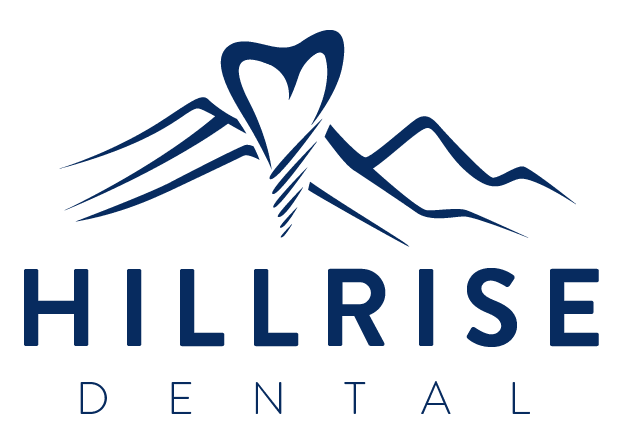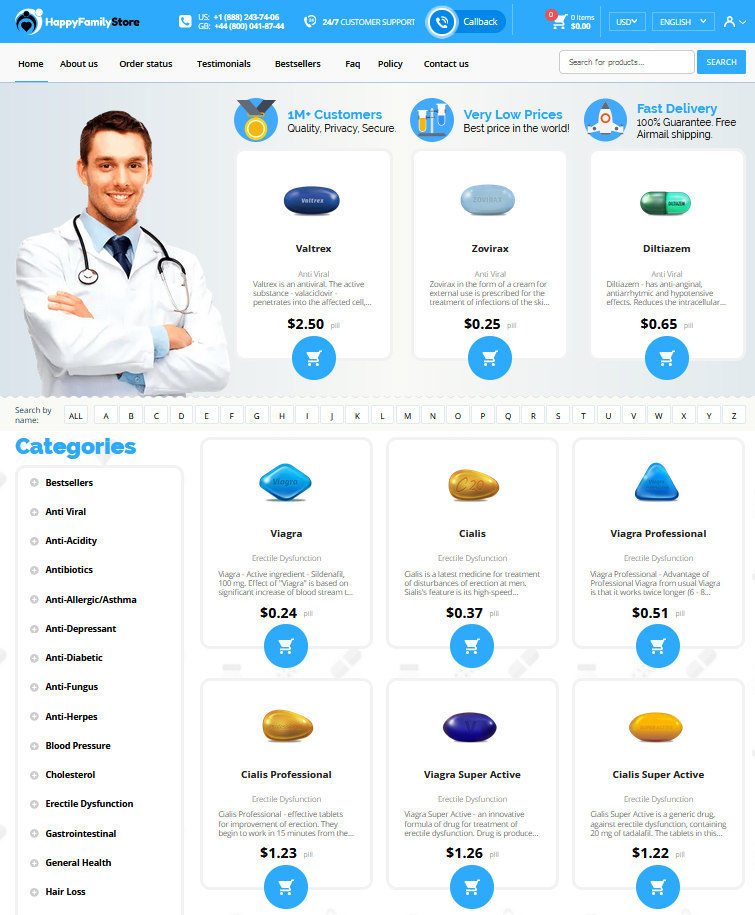Understanding Exercise-induced Asthma Symptoms
Exercise-induced asthma can sneak up on even the most diligent athletes, intertwining the joy of physical activity with unexpected breathing challenges. It's characterized by a narrowing of the airways during or after exercise, leading to telltale signs: wheezing, coughing, and a tight feeling in the chest. Some might notice these symptoms quite vividly during colder months due to the dry air irritating their airways, while others experience the effects post-workout when they begin winding down. Such flare-ups can disrupt not just physical activity but also self-confidence in pursuing sports.
| Symptom | Description |
|---|---|
| Wheezing | A whistling sound when breathing |
| Coughing | Persistent and often triggered by exercise |
| Chest Tightness | A feeling of pressure or heaviness |
One might be tempted to seperate these signals from typical exercise fatigue, but understanding their nuances is crucial. Importantly, not everyone will exhibit all symptoms or at the same severity, making it vital to monitor personal patterns and adapt accordingly. Identifying these symptoms early can be key in managing the condition effectively and ensuring a pleasant exercise experience.
How Ventolin Helps Manage Asthma Attacks

Ventolin, a trusted companion for many asthma sufferers, acts promptly by relaxing the muscles of your airways, giving immediate relief. When an asthma attack strikes, often feeling like an elephant sitting on your chest, Ventolin becomes the hero of the moment. It is a bronchodilator, so it helps reopen airways, making breathing easier and less labored.
Utilizing Ventolin before engaging in physical activity can be a game-changer, allowing those with exercise-induced asthma to continue their routines with fewer disruptions. The key is to have it handy, particularly if you notice any beginning shortness of breath. Many athletes consider it indispensable for their wellbeing.
Interestingly, while Ventolin is effective, it’s crucial to not rely on it excessively. If you find yourself needing it more than your doctor recomend, it might be a sign to review your asthma management plan. Consistent overuse could indicate underlying issues that need addressing with your healthcare provider. Making sure your asthma symptoms are managed effectively can enhance your quality of life and enable you to pursue activities with confidence.
Timing Ventolin Use for Optimal Exercise Performance
Using Ventolin requires careful consideration to enhance exercise performance for those with asthma. It's crucial to time its usage correctly. Priming your body with Ventolin approximately 15 to 30 minutes before exercising can help open airways, preventing potential flare-ups. Since everyone’s experience varies, exploring the ideal timing through trials is key to recieve the best results.
Your asthma action plan might suggest different timing, so it's vital to experiment intellectually. A meticulous approach will acomplish smoother workouts, minimizing disruptions and maximizing endurance, enabling you to maintain consistent performance levels.
Recognizing the Signs You Need Ventolin

When breathing feels tight during exercise, or coughing and wheezing suddenly begin, these may be early signals that Ventolin should be within arm's reach. As lungs strain untill they seem to resist every breath, a few puffs of Ventolin can restore the rhythm of breathing. Dumfounding tightness and occasional chest discomfort are telltale indicators it's time to reach for an inhaler. Those moments when it feels impossible to continue can sometimes be soothed by Ventolin's fast-acting relief, calming the tempest within.
Exercise Strategies to Minimize Asthma Flare-ups
Engaging in physical activities while managing exercise-induced asthma involves careful planning and smart strategies. To help minimize potential flare-ups, begining your exercise regimen with a proper warm-up is crucial. This not only prepares your respiratory system but can help lessen the chance of sudden asthma symptoms. Incorporating interval training, which involves alternating between high and low-intensity periods, allows your lungs to adapt and respond better to strain. Ensuring you're hydrated can reduce symptoms, as dehydration can make them more prominent.
| Strategy | Description |
|---|---|
| Warm-up Properly | Helps prepare respiratory system and reduce symptoms. |
| Interval Training | Alternates intensity to improve lung adaptability. |
| Stay Hydrated | Avoids dehydration, which can exacerbate symptoms. |
Moreover, carrying your Ventolin inhaler and using it as directed before initiating workouts can provide a comfortable buffer against asthma attacks during such activities.
Seeking Professional Advice for Asthma Management
Asthma is a complex condition, and individual cases can vary significantly, making professional guidance indispensable. Consulting a healthcare provider is crucial for devising a tailored approach to your asthma management. They can assess your specific triggers and customize a treatment plan that includes Ventolin, ensuring it's effectively integrated into your lifestyle. Discussing your symptoms and lifestyle habits with a health expert can significantly enhance your personal regimen.
Communicating openly with your doctor about your exercise routines and any challenges faced can shed light on potential areas for improvement in your asthma management plan. Your healthcare provider can offer advice on dosage and timing, helping to minimize flare-ups. It's about creating a proactive, not reactive, strategy for your condition.
Collaborating with an asthma specialist allows for monitoring and adjusting strategies as your fitness levels and asthma conditions evolve. Regular check-ins can catch any new triggers or changes in your health early on. Over time, this collaboration leads to better health outcomes and a higher quality of life, ensuring that asthma doesn't hold you back from achieving your fitness goals.
Whether you're beginning a new exercise program or adjusting to a chronic asthma condition, professional input is invaluable. The guidance of specialists, especially those familiar with sports-related asthma, can be the foundation of an effective asthma management plan. Ventolin's role becomes clearer, helping maintain a balance between active life and respiratory health. For more in-depth information, check these resources: WebMD on Exercise-Induced Asthma and Cleveland Clinic Asthma Overview.

